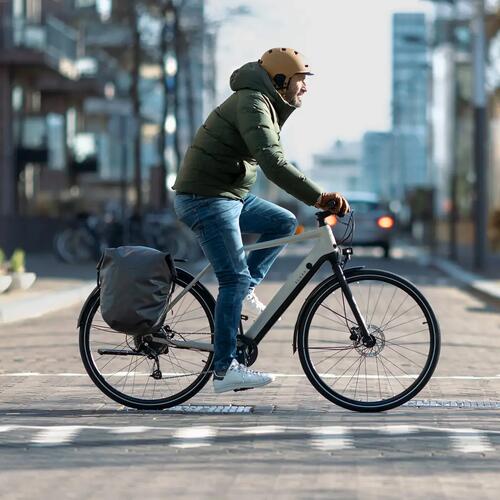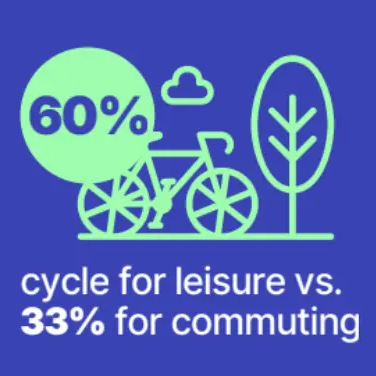Gen Z and the Future of Urban Mobility: Cycling Toward Change
Gen Z isn’t chasing cars. They’re chasing freedom from traffic, high costs, and pollution. But what will it take for cities to keep up? In this special podcast, Irwin Wouts, General Manager of Sport and Mobility at Decathlon, and Camila Herrero Rodríguez, Senior Manager for Walking and Cycling at C40 Cities, dig into the big questions: Why are bikes at the heart of Gen Z’s commute? How can safer infrastructure and new policies unlock their full potential? And what surprising role will culture play in shaping tomorrow’s streets?
Tune in to hear how the next generation, along with cities and organizations, are pushing for smarter and more people-friendly cities.



















